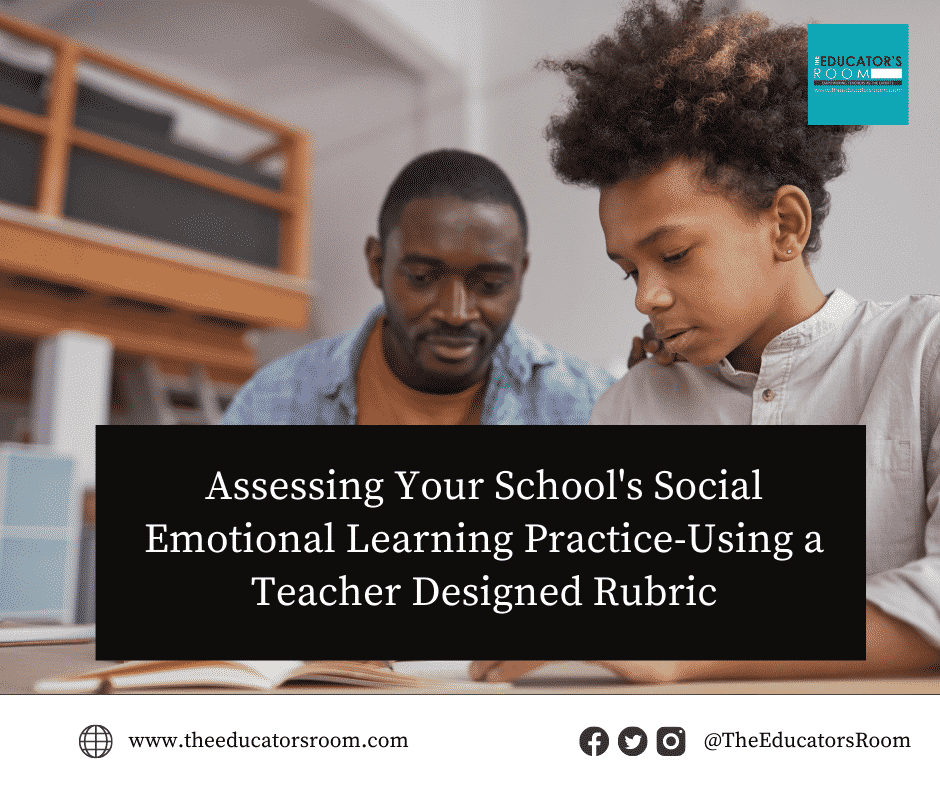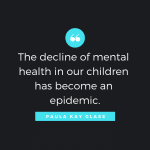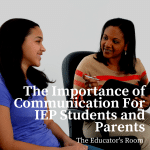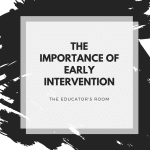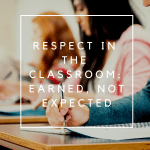Social-Emotional Learning (SEL): A popular commercial making the internet rounds these days features a boy who looks sad and lonely while his parents struggle to understand his social and emotional needs. But then one day, the boy discovers a box waiting for him and inside there’s a robot pal named Moxie. Moxie is going to help what appears to be a possible clinical depression in ways that his parents, family, friends, and school could not until Moxie’s delivery. If I’ve learned anything during the pandemic, it’s that when there is an opportunity for change, that opportunity can be filled with good ideas or ideas that seem quicker, easier, and are solved with a price tag and a shipping address.
But that’s not how SEL should work in our homes. And it’s not how SEL should work in our schools either.
What is social-emotional learning?
Social-Emotional Learning is abuzz in educational circles now at long last. One might even say it’s a call to action, one that is long overdue in our schools. I am a senior policy fellow for a cohort of teachers who have dedicated our last year to SEL advocacy and change, and I’m elated at the discourse. Nevertheless, I find there is sometimes confusion about what sound school-wide SEL implementation is and what it takes to make SEL a successful part of a learning community. This confusion opens the door to 1500 dollar SEL robots and closes a wealth of opportunities at the school site. That’s why our cohort of teacher leaders, led by Dr. Leola Oliver and Kip Morales, dedicated a year to creating a rubric that LEAs can use to assess their level of social and emotional competency for strategic planning. Based on our findings, we targeted six areas that schools need to address to improve the social and emotional competencies of their staff and students. This work coincides with our brief to California lawmakers and incorporates the CASEL competencies as their district partners do as well. We offer the rubric to you, so that you can begin to have conversations at your site about what you need, instead of what program you should buy.
Six Areas of Improvement for Social Emotional Learning
SEL must be part of a systemic change throughout the school site
We have found that there needs to be exceptional evidence of consistent efforts of LEAs to promote SEL among multiple school systems and structures. These must include budgetary decisions, staffing, curricular adoption criteria, vision statements and strategic plans. When schools and districts fail to understand how SEL needs to be woven into these structures, we find that they often fail in their attempts to do it.
In order for SEL to flourish, there must be inclusive and diverse leadership teams
As national data shows, this is one of the neediest areas for schools where effective SEL can have the greatest impact. In order for SEL to impact schools in ways that lead to real gains, LEAs need to understand that change must be driven by a collective body of educators, students, and their families working together about their shared values. There should be a wide variety of gender, sexuality, racial/ethnic, and socioeconomic backgrounds that represent the community the LEA serves.
There must be student-centered skills development
We have found that SEL is more than a set of skills, more than 15-minute circles, and more than just high fives. Students in schools making SEL a real part of the school culture must provide a variety of opportunities for students to practice, demonstrate and systematically reinforce SEL skills. Importantly, students have to be given those opportunities within the context of supportive relationships and within the academic content area.
There must be adult-centered skills development
In much the same as students, adults that are part of the learning community must have a variety of opportunities to also practice, demonstrate and systematically reinforce SEL skills. Schools that build trust, community, and collective efficacy, which deepen adult social-emotional and cultural competence, which strengthen central office expertise and provide high-quality professional development for schools are providing a necessary and often overlooked component of productive SEL within their LEA.
There must be student-centered discipline policies and practices
Schools that seek to provide quality SEL instruction should systematically align and promote student-centered discipline policies. These policies should target social and emotional growth rather than punishment and exclusion. Schools that wish to make a change cannot sustain the type of learning environment where SEL flourishes without a change in discipline policy and practice.
There must be a whole climate and culture shift
All stakeholders, including those at the leadership level, must consistently ensure that a positive school climate is promoted and supported, systematically. There should be clear and compelling evidence of interrelated and collective efforts among the various stakeholders.
Conclusion
According to meta-analyses conducted by CASEL, social and emotional learning when done right, is known to increase achievement, create positive learning outcomes, and have positive personal effects on students for years. But in order to see those gains, SEL must be implemented systematically. In other words, everyone must be all in.
And that means that unlike the scene in the commercial where Mom and Dad smile from the hallway (thanks to Moxie), we must not sit on the sidelines and think a packaged program is going to solve our students’ social and emotional needs. Instead, we may just need to unplug ourselves enough to take a good look around at what needs we have and find creative solutions in our site teams for their needs-using packaged programs as they fit our purposes but using other creative solutions when they do not.
Thomas Courtney served as a Teach Plus Senior Policy Fellow, served on the committee to renew the California Standards for the Teaching Profession, and was named the 2021 District Teacher of the Year for SDUSD. Teach Plus’ Rubric for SEL Self-Assessment can be found here, as well as a Teach Plus SEL Brief for school leaders and LEAs serious about making substantial school climate change.
